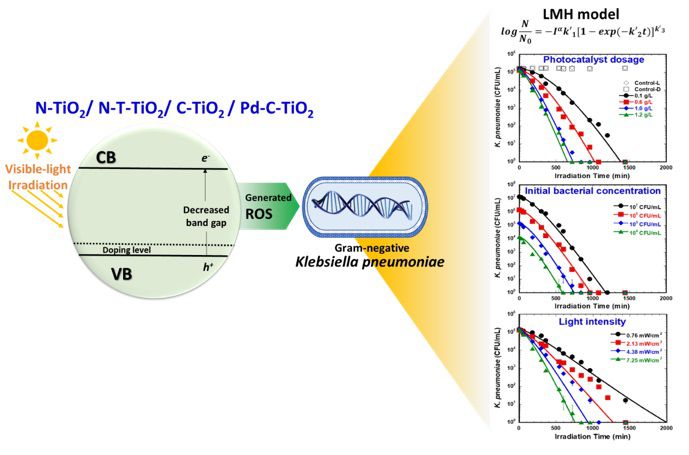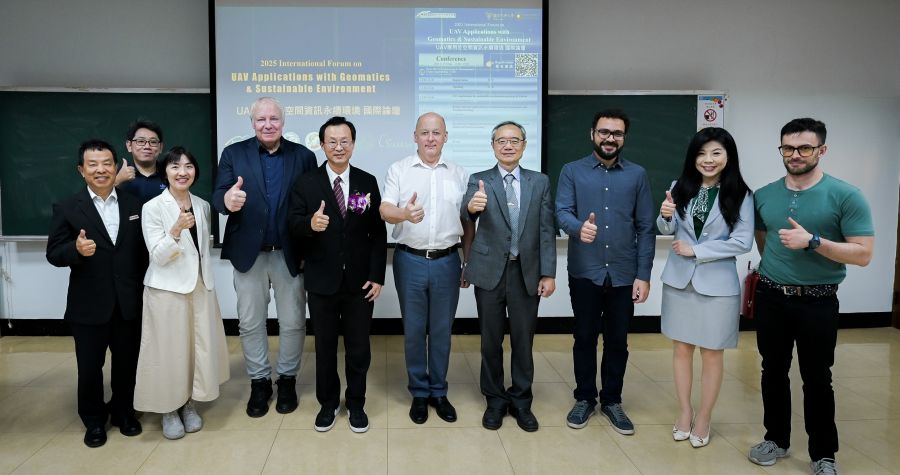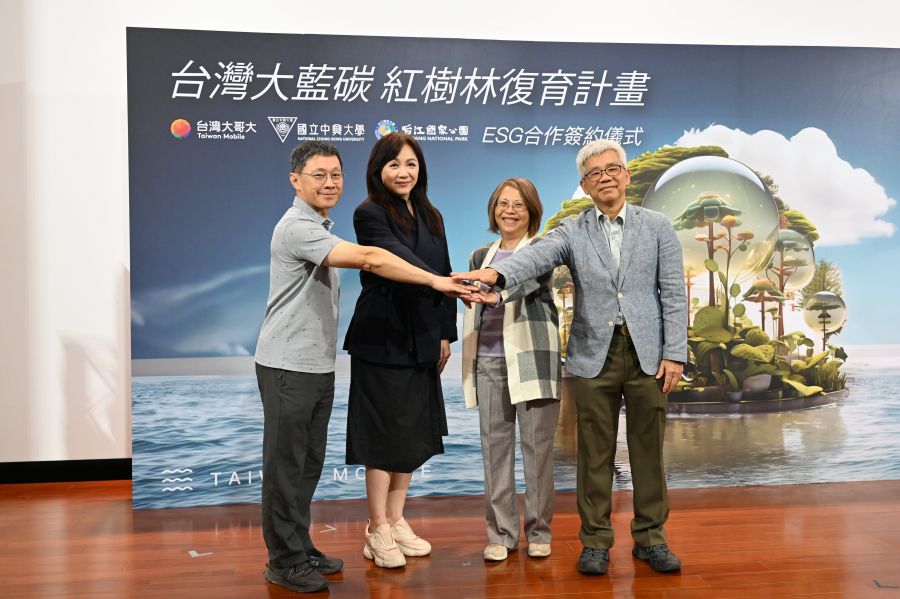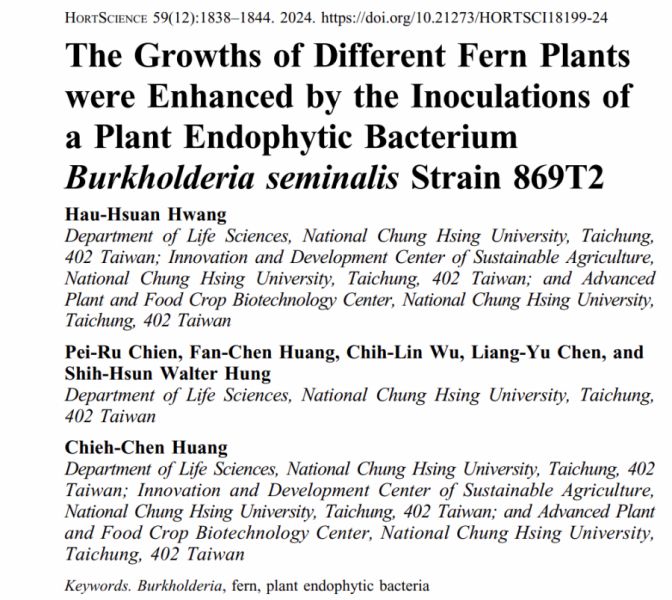| 論文篇名 | 英文:Photocatalytic inactivation of Klebsiella pneumoniae by visible-light-responsive N/C-doped and N-tourmaline/palladium-C-codoped TiO2 中文:摻雜N/C 及 N-tourmaline/palladium-C之可見光感應型二氧化鈦對肺炎克氏桿菌進行光催化滅活 |
| 期刊名稱 | CHEMICAL ENGINEERING JOURNAL |
| 發表年份,卷數,起迄頁數 | 2020, 1, 122345 |
| 作者 | Shang-Ming Huang, Chih-Huang Weng, Jing-Hua Tzeng, Ya-Zhen Huang, Jin Anotai, Li-Ting Yen, Che-Jui Chang, Yao-Tung Lin* |
| DOI | 10.1016/j.cej.2019.122345 |
| 中文摘要 | 肺炎克氏桿菌是一種人類病原體,可以透過公共配水系統迅速傳播。水消毒使用的氯化方法會產生有毒的副產品(DBPs),進而導致消毒後的二次污染。目前,利用TiO2光催化進行滅菌是有效替代氯化消毒的一種方法。然而,TiO2 只能由紫外線驅動。在這項研究中,利用改質的可見光感應型TiO2(N-TiO2、N-T-TiO2、C-TiO2和Pd-C-TiO2)對肺炎克氏桿菌進行光催化失活的性能探討。同時探討光催化劑劑量、初始微生物濃度和光強等關鍵參數對光催化失活的影響。續以LMH動力學進行建模,以描述光催化劑在光催化過程中對可見光的吸收能力。結果表明,光催化反應速率隨光催化劑劑量和光照強度的增加而增加,但隨著初始細菌濃度的增加而降低。在光催化劑中,Pd-C-TiO2在可見光照射下其對細菌之失活能力最高。之於動力學建模,LMH模型證實了催化劑的光吸收能力高度影響催化劑滅菌性能之假設。本研究首次提出的LMH模型,它可以有效預測TiO2光催化劑之殺菌性能。 |
| 英文摘要 | Klebsiella pneumoniae is considered an emergent human pathogen that can rapidly spread through the public water supply. The frequently used chlorination process for water inactivation has a concern of producing toxic inactivation by-products (DBPs), which in turn lead to secondary pollution after inactivation. At present, the practical use of TiO2 photocatalyst is a developing alternative to water inactivation without DBPs. However, TiO2 is only efficiently activated by UV light. In this study, the performance of visible-light-responsive TiO2 composites (N-TiO2, N-T-TiO2, C-TiO2, and Pd-C-TiO2) in response to photocatalytic inactivation was investigated using K. pneumoniae as a surrogate. The effects of key parameters, including photocatalyst dosage, initial microbial concentration, and light intensity on photocatalytic inactivation, were also evaluated. Light-responsive Modified Hom’s (LMH) kinetics was then modeled to characterize the light-absorption capacity of the photocatalyst during photocatalysis. Results indicated that the photocatalytic reaction rate increased with increasing photocatalyst dosage and light intensity but decreased with increasing initial bacterial concentration. Among the photocatalysts, Pd-C-TiO2 showed the highest capacity for bacterial inactivation under visible-light irradiation. For kinetic modeling, the LMH model confirmed the hypothesis that the inactivation rate highly corresponds to the light-absorption ability of the photocatalysts. This study proposes a new LMH model that could be a feasible kinetic approach for predicting powerful photocatalysts that can inactivate waterborne pathogens. |
【學術亮點】摻雜N/C 及 N-tourmaline/palladium-C之可見光感應型二氧化鈦對肺炎克氏桿菌進行光催化滅活 2019-07-26

新穎材料農業:友善環境農業新穎材料研發與安全評估【土環系林耀東特聘教授】






